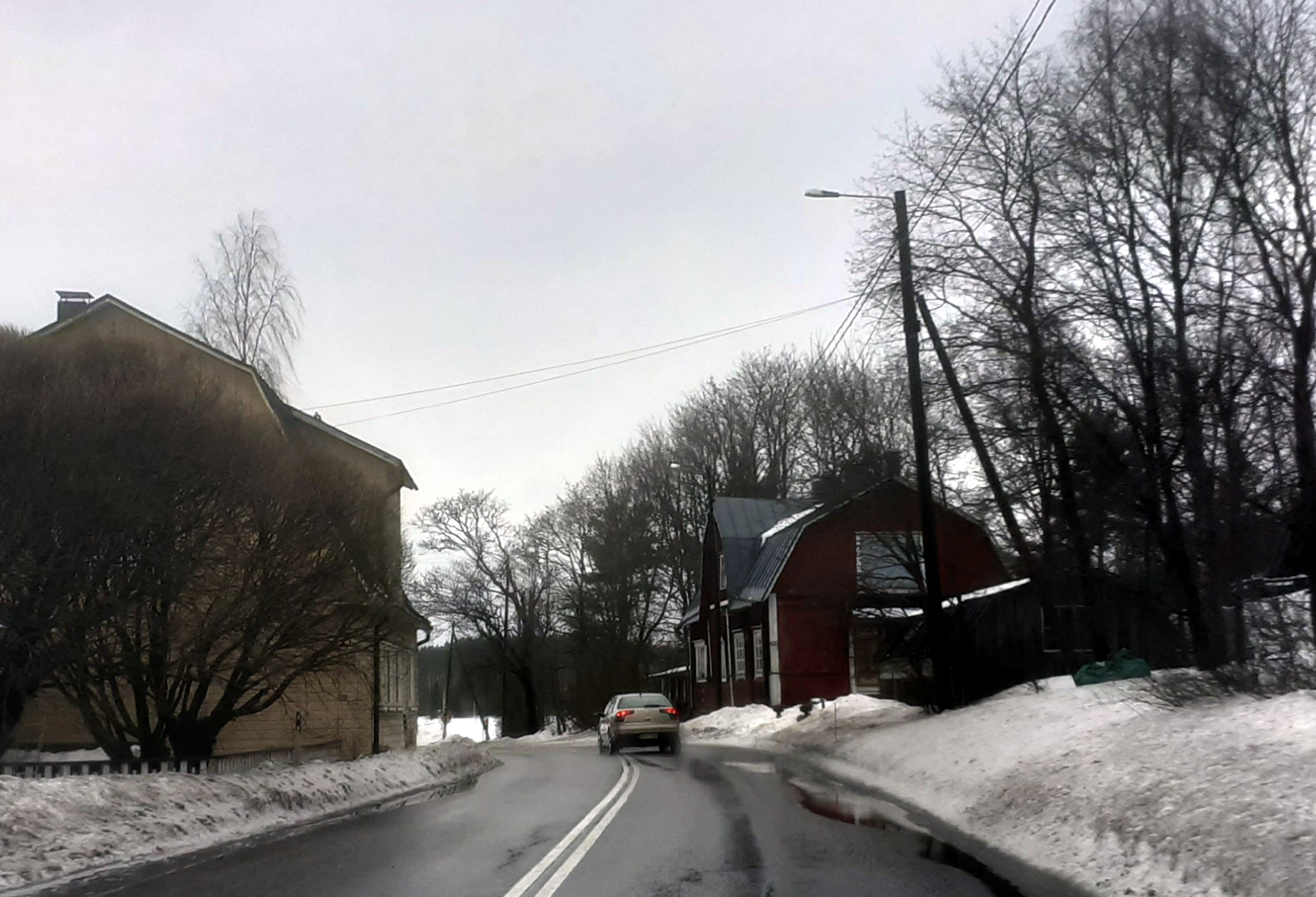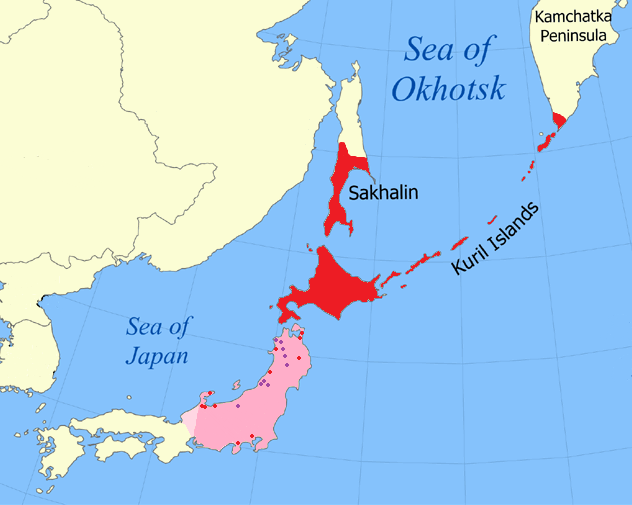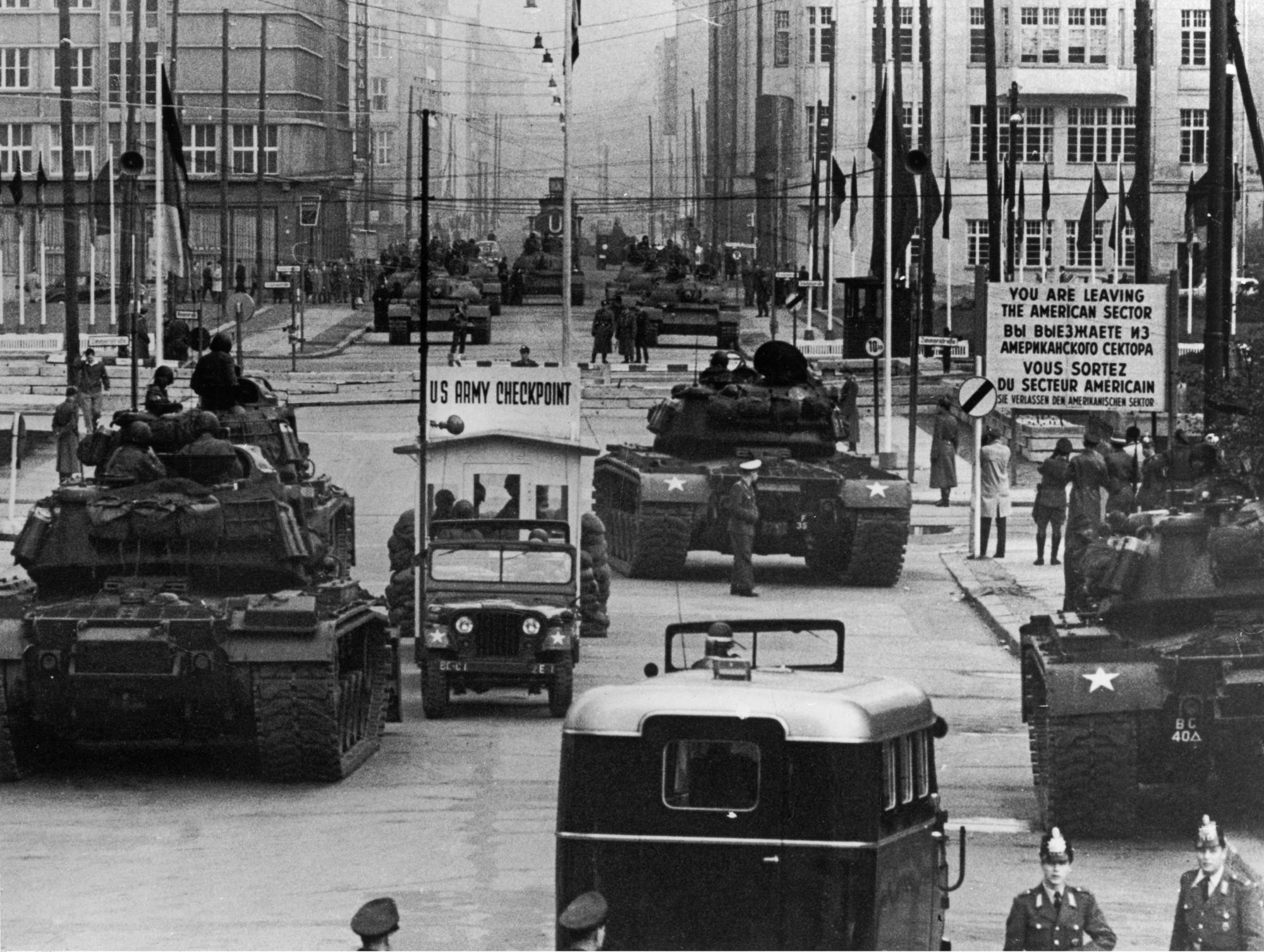|
Gornozavodsk, Sakhalin Oblast
Gornozavodsk (russian: Горнозаводск; ( ja, 内幌町, ''Naihoro'') is a rural locality (a '' selo'') in Nevelsky District of Sakhalin Oblast, Russia, located in the southwest of the Sakhalin Island. Population: History It was founded in 1905 when the southern part of Sakhalin belonged to Japan. At the end of World War II, the Soviet Army retook the whole of the island of Sakhalin and the Kuril Islands. The settlement was granted town status in 1947. When coal mining was ended in the 1990s, its population dwindled. As a result, Gornozavodsk was demoted to a rural locality in 2004. References English External links *Great Soviet Encyclopedia The ''Great Soviet Encyclopedia'' (GSE; ) is one of the largest Russian-language encyclopedias, published in the Soviet Union from 1926 to 1990. After 2002, the encyclopedia's data was partially included into the later ''Bolshaya rossiyskaya e ...Entry on Gornozavodsk {{Authority control Rural localities in Sakhalin ... [...More Info...] [...Related Items...] OR: [Wikipedia] [Google] [Baidu] |
Sakhalin Oblast
Sakhalin Oblast ( rus, Сахали́нская о́бласть, r=Sakhalínskaya óblast', p=səxɐˈlʲinskəjə ˈobləsʲtʲ) is a federal subject of Russia (an oblast) comprising the island of Sakhalin and the Kuril Islands in the Russian Far East. The oblast has an area of . Its administrative center and largest city is Yuzhno-Sakhalinsk. As of the 2010 Census, the oblast has a population of roughly 500,000. The vast majority of the oblast's residents are ethnic Russians, with a small minority of Koreans. Sakhalin Oblast is rich in natural gas and oil, and is Russia's fourth wealthiest federal subject and wealthiest oblast. It borders by sea Khabarovsk Krai to the west and Kamchatka Krai to the north, along with Hokkaido, Japan to the south. Demographics Population: ;Vital statistics for 2012 *Births: 6,316 (12.8 per 1,000) *Deaths: 6,841 (13.8 per 1,000) Total fertility rate: Ethnic groups: 409,786 ethnic Russians are the largest group, followed by 24,993 ... [...More Info...] [...Related Items...] OR: [Wikipedia] [Google] [Baidu] |
Nevelsky District, Sakhalin Oblast
Nevelsky District (russian: Не́вельский райо́н) is an administrative district (raion) of Sakhalin Oblast, Russia; one of the seventeen in the oblast.Law #25-ZO Municipally, it is incorporated as Nevelsky Urban Okrug.Law #524 It is located in the southwest of the oblast and includes Moneron Island to the west, located in the south of the Tartary Strait. The area of the district is . Its administrative center is the town of Nevelsk Nevelsk (russian: Не́вельск; ja, 本斗, ''Honto'') is a port town and the administrative center of Nevelsky District of Sakhalin Oblast, Russia, located on the southwest coast of the Sakhalin Island, from Yuzhno-Sakhalinsk, th .... Population (excluding the administrative center): References Notes Sources * * {{Use mdy dates, date=December 2012 Districts of Sakhalin Oblast ... [...More Info...] [...Related Items...] OR: [Wikipedia] [Google] [Baidu] |
Village
A village is a clustered human settlement or community, larger than a hamlet but smaller than a town (although the word is often used to describe both hamlets and smaller towns), with a population typically ranging from a few hundred to a few thousand. Though villages are often located in rural areas, the term urban village is also applied to certain urban neighborhoods. Villages are normally permanent, with fixed dwellings; however, transient villages can occur. Further, the dwellings of a village are fairly close to one another, not scattered broadly over the landscape, as a dispersed settlement. In the past, villages were a usual form of community for societies that practice subsistence agriculture, and also for some non-agricultural societies. In Great Britain, a hamlet earned the right to be called a village when it built a church. [...More Info...] [...Related Items...] OR: [Wikipedia] [Google] [Baidu] |
Types Of Inhabited Localities In Russia
The classification system of human settlement, inhabited localities in Russia and some other post-Soviet Union, Soviet states has certain peculiarities compared with those in other countries. Classes During the Soviet Union, Soviet time, each of the republics of the Soviet Union, including the Russian Soviet Federative Socialist Republic, Russian SFSR, had its own legislative documents dealing with classification of inhabited localities. After the history of the Soviet Union (1985-1991), dissolution of the Soviet Union, the task of developing and maintaining such classification in Russia was delegated to the federal subjects of Russia, federal subjects.Articles 71 and 72 of the Constitution of Russia do not name issues of the administrative and territorial structure among the tasks handled on the federal level or jointly with the governments of the federal subjects. As such, all federal subjects pass :Subtemplates of Template RussiaAdmMunRef, their own laws establishing the s ... [...More Info...] [...Related Items...] OR: [Wikipedia] [Google] [Baidu] |
Village
A village is a clustered human settlement or community, larger than a hamlet but smaller than a town (although the word is often used to describe both hamlets and smaller towns), with a population typically ranging from a few hundred to a few thousand. Though villages are often located in rural areas, the term urban village is also applied to certain urban neighborhoods. Villages are normally permanent, with fixed dwellings; however, transient villages can occur. Further, the dwellings of a village are fairly close to one another, not scattered broadly over the landscape, as a dispersed settlement. In the past, villages were a usual form of community for societies that practice subsistence agriculture, and also for some non-agricultural societies. In Great Britain, a hamlet earned the right to be called a village when it built a church. [...More Info...] [...Related Items...] OR: [Wikipedia] [Google] [Baidu] |
Russia
Russia (, , ), or the Russian Federation, is a transcontinental country spanning Eastern Europe and Northern Asia. It is the largest country in the world, with its internationally recognised territory covering , and encompassing one-eighth of Earth's inhabitable landmass. Russia extends across eleven time zones and shares land boundaries with fourteen countries, more than any other country but China. It is the world's ninth-most populous country and Europe's most populous country, with a population of 146 million people. The country's capital and largest city is Moscow, the largest city entirely within Europe. Saint Petersburg is Russia's cultural centre and second-largest city. Other major urban areas include Novosibirsk, Yekaterinburg, Nizhny Novgorod, and Kazan. The East Slavs emerged as a recognisable group in Europe between the 3rd and 8th centuries CE. Kievan Rus' arose as a state in the 9th century, and in 988, it adopted Orthodox Christianity from the ... [...More Info...] [...Related Items...] OR: [Wikipedia] [Google] [Baidu] |
Sakhalin
Sakhalin ( rus, Сахали́н, r=Sakhalín, p=səxɐˈlʲin; ja, 樺太 ''Karafuto''; zh, c=, p=Kùyèdǎo, s=库页岛, t=庫頁島; Manchu: ᠰᠠᡥᠠᠯᡳᠶᠠᠨ, ''Sahaliyan''; Orok: Бугата на̄, ''Bugata nā''; Nivkh: Yh-mif) is the largest island of Russia. It is north of the Japanese archipelago, and is administered as part of the Sakhalin Oblast. Sakhalin is situated in the Pacific Ocean, sandwiched between the Sea of Okhotsk to the east and the Sea of Japan to the west. It is located just off Khabarovsk Krai, and is north of Hokkaido in Japan. The island has a population of roughly 500,000, the majority of which are Russians. The indigenous peoples of the island are the Ainu, Oroks, and Nivkhs, who are now present in very small numbers. The Island's name is derived from the Manchu word ''Sahaliyan'' (ᠰᠠᡥᠠᠯᡳᠶᠠᠨ). Sakhalin was once part of China during the Qing dynasty, although Chinese control was relaxed at times. Sakhalin ... [...More Info...] [...Related Items...] OR: [Wikipedia] [Google] [Baidu] |
World War II
World War II or the Second World War, often abbreviated as WWII or WW2, was a world war that lasted from 1939 to 1945. It involved the World War II by country, vast majority of the world's countries—including all of the great powers—forming two opposing military alliances: the Allies of World War II, Allies and the Axis powers. World War II was a total war that directly involved more than 100 million Military personnel, personnel from more than 30 countries. The major participants in the war threw their entire economic, industrial, and scientific capabilities behind the war effort, blurring the distinction between civilian and military resources. Air warfare of World War II, Aircraft played a major role in the conflict, enabling the strategic bombing of population centres and deploying the Atomic bombings of Hiroshima and Nagasaki, only two nuclear weapons ever used in war. World War II was by far the List of wars by death toll, deadliest conflict in hu ... [...More Info...] [...Related Items...] OR: [Wikipedia] [Google] [Baidu] |
Soviet Army
uk, Радянська армія , image = File:Communist star with golden border and red rims.svg , alt = , caption = Emblem of the Soviet Army , start_date = 25 February 1946 , country = (1946–1991)' (1991–1992) , branch = , type = Army , role = Land warfare , size = 3,668,075 active (1991) 4,129,506 reserve (1991) , command_structure = , garrison = , garrison_label = , nickname = "Red Army" , patron = , motto = ''За нашу Советскую Родину!(Za nashu Sovetskuyu Rodinu!)''"For our Soviet Motherland!" , colors = Red and yellow , colors_label = , march ... [...More Info...] [...Related Items...] OR: [Wikipedia] [Google] [Baidu] |
Coal Mining
Coal mining is the process of extracting coal from the ground. Coal is valued for its energy content and since the 1880s has been widely used to generate electricity. Steel and cement industries use coal as a fuel for extraction of iron from iron ore and for cement production. In the United Kingdom and South Africa, a coal mine and its structures are a colliery, a coal mine is called a 'pit', and the above-ground structures are a ' pit head'. In Australia, "colliery" generally refers to an underground coal mine. Coal mining has had many developments in recent years, from the early days of men tunneling, digging and manually extracting the coal on carts to large open-cut and longwall mines. Mining at this scale requires the use of draglines, trucks, conveyors, hydraulic jacks and shearers. The coal mining industry has a long history of significant negative environmental impacts on local ecosystems, health impacts on local communities and workers, and contributes heavily ... [...More Info...] [...Related Items...] OR: [Wikipedia] [Google] [Baidu] |
Great Soviet Encyclopedia
The ''Great Soviet Encyclopedia'' (GSE; ) is one of the largest Russian-language encyclopedias, published in the Soviet Union from 1926 to 1990. After 2002, the encyclopedia's data was partially included into the later ''Bolshaya rossiyskaya entsiklopediya'' (or ''Great Russian Encyclopedia'') in an updated and revised form. The GSE claimed to be "the first Marxist–Leninist general-purpose encyclopedia". Origins The idea of the ''Great Soviet Encyclopedia'' emerged in 1923 on the initiative of Otto Schmidt, a member of the Russian Academy of Sciences. In early 1924 Schmidt worked with a group which included Mikhail Pokrovsky, (rector of the Institute of Red Professors), Nikolai Meshcheryakov (Former head of the Glavit, the State Administration of Publishing Affairs), Valery Bryusov (poet), Veniamin Kagan (mathematician) and Konstantin Kuzminsky to draw up a proposal which was agreed to in April 1924. Also involved was Anatoly Lunacharsky, People's Commissar of Educatio ... [...More Info...] [...Related Items...] OR: [Wikipedia] [Google] [Baidu] |







